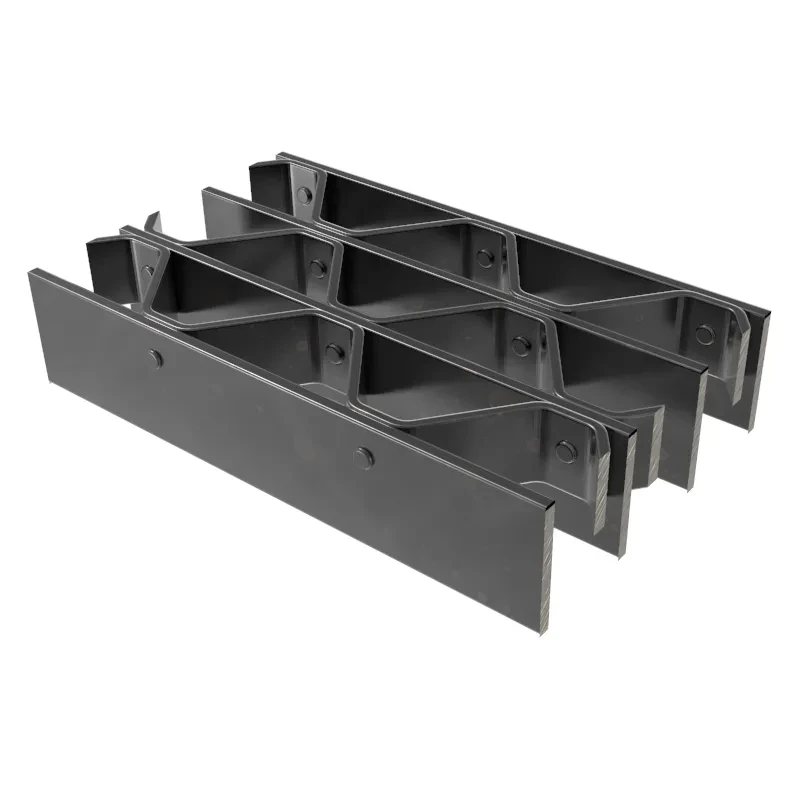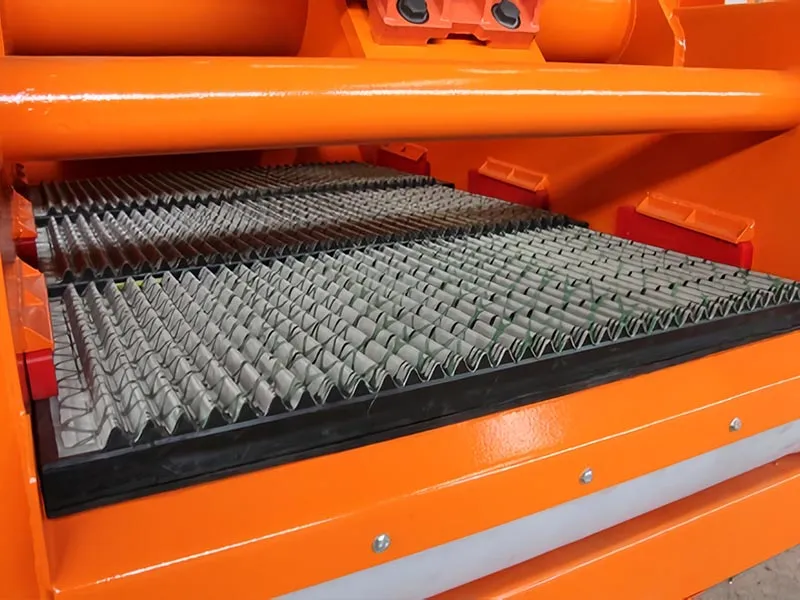- Industrial zone, South of Anping Town, Hengshui, Hebei, China.
- sales@hfpetromesh.com
- +86-18931809706
 Afrikaans
Afrikaans  Albanian
Albanian  Amharic
Amharic  Arabic
Arabic  Armenian
Armenian  Azerbaijani
Azerbaijani  Basque
Basque  Belarusian
Belarusian  Bengali
Bengali  Bosnian
Bosnian  Bulgarian
Bulgarian  Catalan
Catalan  Cebuano
Cebuano  Corsican
Corsican  Croatian
Croatian  Czech
Czech  Danish
Danish  Dutch
Dutch  English
English  Esperanto
Esperanto  Estonian
Estonian  Finnish
Finnish  French
French  Frisian
Frisian  Galician
Galician  Georgian
Georgian  German
German  Greek
Greek  Gujarati
Gujarati  Haitian Creole
Haitian Creole  hausa
hausa  hawaiian
hawaiian  Hebrew
Hebrew  Hindi
Hindi  Miao
Miao  Hungarian
Hungarian  Icelandic
Icelandic  igbo
igbo  Indonesian
Indonesian  irish
irish  Italian
Italian  Japanese
Japanese  Javanese
Javanese  Kannada
Kannada  kazakh
kazakh  Khmer
Khmer  Rwandese
Rwandese  Korean
Korean  Kurdish
Kurdish  Kyrgyz
Kyrgyz  Lao
Lao  Latin
Latin  Latvian
Latvian  Lithuanian
Lithuanian  Luxembourgish
Luxembourgish  Macedonian
Macedonian  Malgashi
Malgashi  Malay
Malay  Malayalam
Malayalam  Maltese
Maltese  Maori
Maori  Marathi
Marathi  Mongolian
Mongolian  Myanmar
Myanmar  Nepali
Nepali  Norwegian
Norwegian  Norwegian
Norwegian  Occitan
Occitan  Pashto
Pashto  Persian
Persian  Polish
Polish  Portuguese
Portuguese  Punjabi
Punjabi  Romanian
Romanian  Russian
Russian  Samoan
Samoan  Scottish Gaelic
Scottish Gaelic  Serbian
Serbian  Sesotho
Sesotho  Shona
Shona  Sindhi
Sindhi  Sinhala
Sinhala  Slovak
Slovak  Slovenian
Slovenian  Somali
Somali  Spanish
Spanish  Sundanese
Sundanese  Swahili
Swahili  Swedish
Swedish  Tagalog
Tagalog  Tajik
Tajik  Tamil
Tamil  Tatar
Tatar  Telugu
Telugu  Thai
Thai  Turkish
Turkish  Turkmen
Turkmen  Ukrainian
Ukrainian  Urdu
Urdu  Uighur
Uighur  Uzbek
Uzbek  Vietnamese
Vietnamese  Welsh
Welsh  Bantu
Bantu  Yiddish
Yiddish  Yoruba
Yoruba  Zulu
Zulu
- Afrikaans
- Albanian
- Amharic
- Arabic
- Armenian
- Azerbaijani
- Basque
- Belarusian
- Bengali
- Bosnian
- Bulgarian
- Catalan
- Cebuano
- Corsican
- Croatian
- Czech
- Danish
- Dutch
- English
- Esperanto
- Estonian
- Finnish
- French
- Frisian
- Galician
- Georgian
- German
- Greek
- Gujarati
- Haitian Creole
- hausa
- hawaiian
- Hebrew
- Hindi
- Miao
- Hungarian
- Icelandic
- igbo
- Indonesian
- irish
- Italian
- Japanese
- Javanese
- Kannada
- kazakh
- Khmer
- Rwandese
- Korean
- Kurdish
- Kyrgyz
- Lao
- Latin
- Latvian
- Lithuanian
- Luxembourgish
- Macedonian
- Malgashi
- Malay
- Malayalam
- Maltese
- Maori
- Marathi
- Mongolian
- Myanmar
- Nepali
- Norwegian
- Norwegian
- Occitan
- Pashto
- Persian
- Polish
- Portuguese
- Punjabi
- Romanian
- Russian
- Samoan
- Scottish Gaelic
- Serbian
- Sesotho
- Shona
- Sindhi
- Sinhala
- Slovak
- Slovenian
- Somali
- Spanish
- Sundanese
- Swahili
- Swedish
- Tagalog
- Tajik
- Tamil
- Tatar
- Telugu
- Thai
- Turkish
- Turkmen
- Ukrainian
- Urdu
- Uighur
- Uzbek
- Vietnamese
- Welsh
- Bantu
- Yiddish
- Yoruba
- Zulu
Galvanis Steel Grating - Durable & Slip-Resistant Flooring Solutions
- Introduction to Steel Grating Galvanis
- Technical Advantages Over Traditional Materials
- Performance Comparison: Leading Manufacturers
- Customization Options for Diverse Applications
- Case Studies: Industrial & Commercial Success
- Installation Best Practices
- Sustainability & Cost-Efficiency Analysis

(steel grating galvanis)
Understanding the Core Strength of Steel Grating Galvanis
Galvanized steel grating combines hot-dip galvanization with precision manufacturing to deliver 45-60% greater corrosion resistance than untreated alternatives. Industrial studies show a 30-year lifespan in moderate environments (ISO 1461 certified), outperforming polymer-coated variants by 2:1. The zinc layer (85-120 μm) chemically bonds to the base material, creating a dual-phase protection system.
Technical Superiority in Load Management
Structural analysis reveals:
- ≥5 tons/m² load capacity in standard configurations
- 0.3% permanent deformation after 1 million cyclic loads (ASTM A36)
- Slip resistance of 0.85-0.95 DIN 51130 rating
Cross-bar spacing (15/16/20/30/41 mm) allows customization for specific impact requirements.
Manufacturer Benchmarking Analysis
| Vendor | Rust Onset | Maintenance Cycle | Load Rating | Price/m² |
|---|---|---|---|---|
| Company A | 15 years | Decade | 5.2t | $$$ |
| Company B | 12 years | 8 years | 4.8t | $$ |
| Company C | 18 years | 12 years | 5.5t | $$$$ |
Adaptive Engineering Solutions
Three-tier customization framework:
- Material: Choose between ASTM A1011 or high-yield steel (S355JR)
- Surface: Serrated/non-serrated options with 3M anti-slip treatment
- Configuration: 19-41mm bearing bar spacing for liquid drainage or debris control
Real-World Implementation Metrics
Chemical Plant Retrofit (2023):
- Replaced 800m² of carbon steel with galvanized grating
- Maintenance costs reduced from $18/m²/yr to $4.2/m²/yr
- Zero corrosion incidents in 18-month inspection
Optimized Installation Protocols
Field data shows proper installation increases longevity by 40%:
- Use M16 bolts with neoprene washers (torque 120 N·m)
- Maintain 3-5mm thermal expansion gaps (per 10m span)
- Apply zinc-rich epoxy at cut edges (DFT ≥80μm)
Steel Grating Galvanis: The ROI Perspective
Lifecycle cost analysis demonstrates:
- 22% lower TCO vs stainless steel over 25 years
- 95% recyclability rate with ISO 14040 certification
- 0.78 safety incident rate per 10k m² (industry avg: 2.1)
Specifiers recommend ≥3mm zinc coating for coastal applications per NORSOK M-501.

(steel grating galvanis)
FAQS on steel grating galvanis
Q: What is galvanized steel grating used for?
A: Galvanized steel grating is commonly used for industrial flooring, walkways, and platforms due to its durability, slip resistance, and corrosion protection from the zinc coating.
Q: How does galvanized steel grating compare to other coatings?
A: Galvanized coatings provide superior rust resistance compared to untreated steel grating, making it ideal for outdoor or high-moisture environments. It also requires less maintenance than painted alternatives.
Q: What materials are used in steel grating manufacturing?
A: Steel grating is typically made from carbon steel or stainless steel, with galvanized versions adding a zinc layer for enhanced protection. Materials are chosen based on strength, environment, and load requirements.
Q: Can floor grating steel support heavy loads?
A: Yes, floor grating steel is designed to handle heavy loads and dynamic forces. Load capacity depends on bar thickness, spacing, and galvanization quality.
Q: Why choose galvanized steel grating for outdoor flooring?
A: Galvanized steel grating resists weather corrosion, UV damage, and chemical exposure, ensuring longevity in outdoor settings. Its open design also allows drainage and debris fall-through.
-
Why Our Shaker Screen for Sale Stands Out in Every ApplicationNewsAug.08,2025
-
Unmatched Efficiency with Premium Shale Shaker Screen TechnologyNewsAug.08,2025
-
Reliable, Durable, and Cost-Effective: Press Locked Steel Grating SolutionsNewsAug.08,2025
-
Precision Strength with Welded Steel Bar GratingNewsAug.08,2025
-
Perimeter Safety Netting: The High-Strength Shield for Elevated Safety SolutionsNewsAug.08,2025
-
Maximize Performance with Steel Walkway GratingNewsAug.08,2025